Our Services
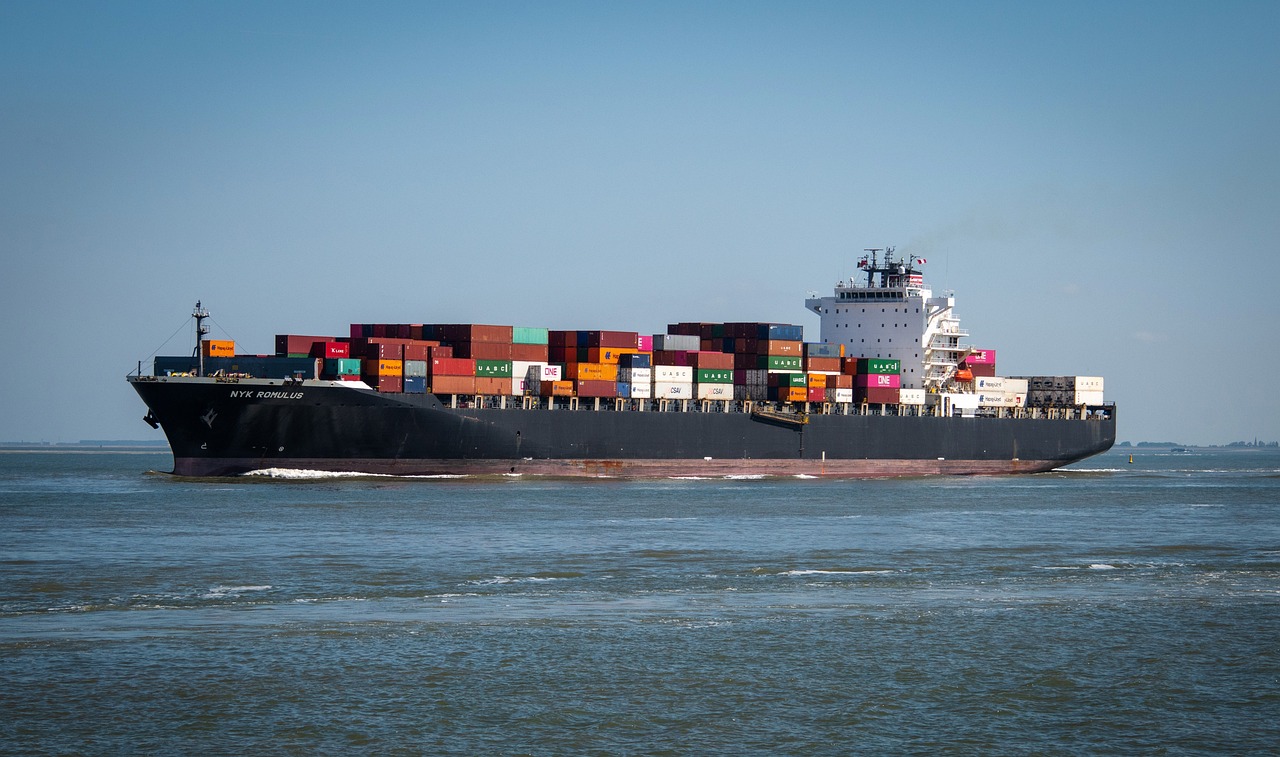
NVOCC Consolidation
A service offering Non-Vessel Operating Common Carrier (NVOCC) consolidation to combine smaller shipments into one, lowering costs and simplifying international shipments.
Read More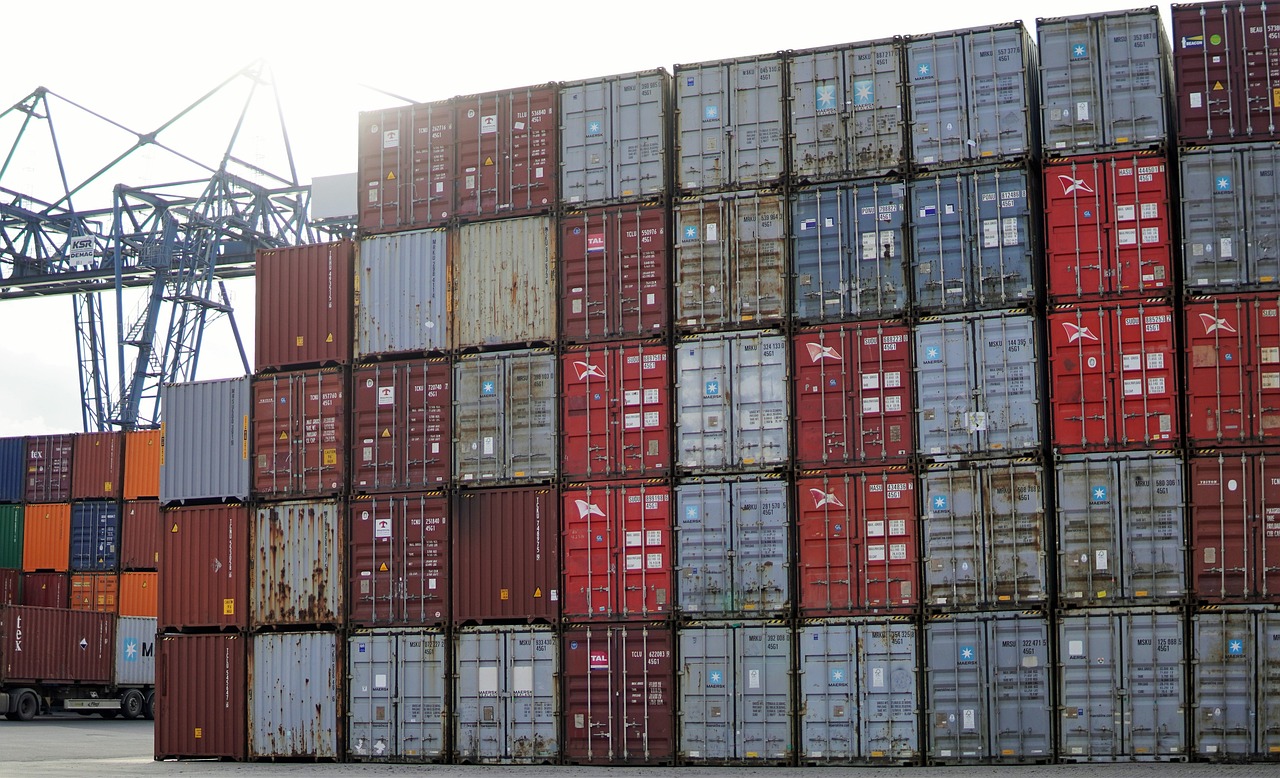
Customs Clearance
Expert customs handling to ensure your goods meet all legal requirements, allowing smooth, compliant passage across borders.
Read More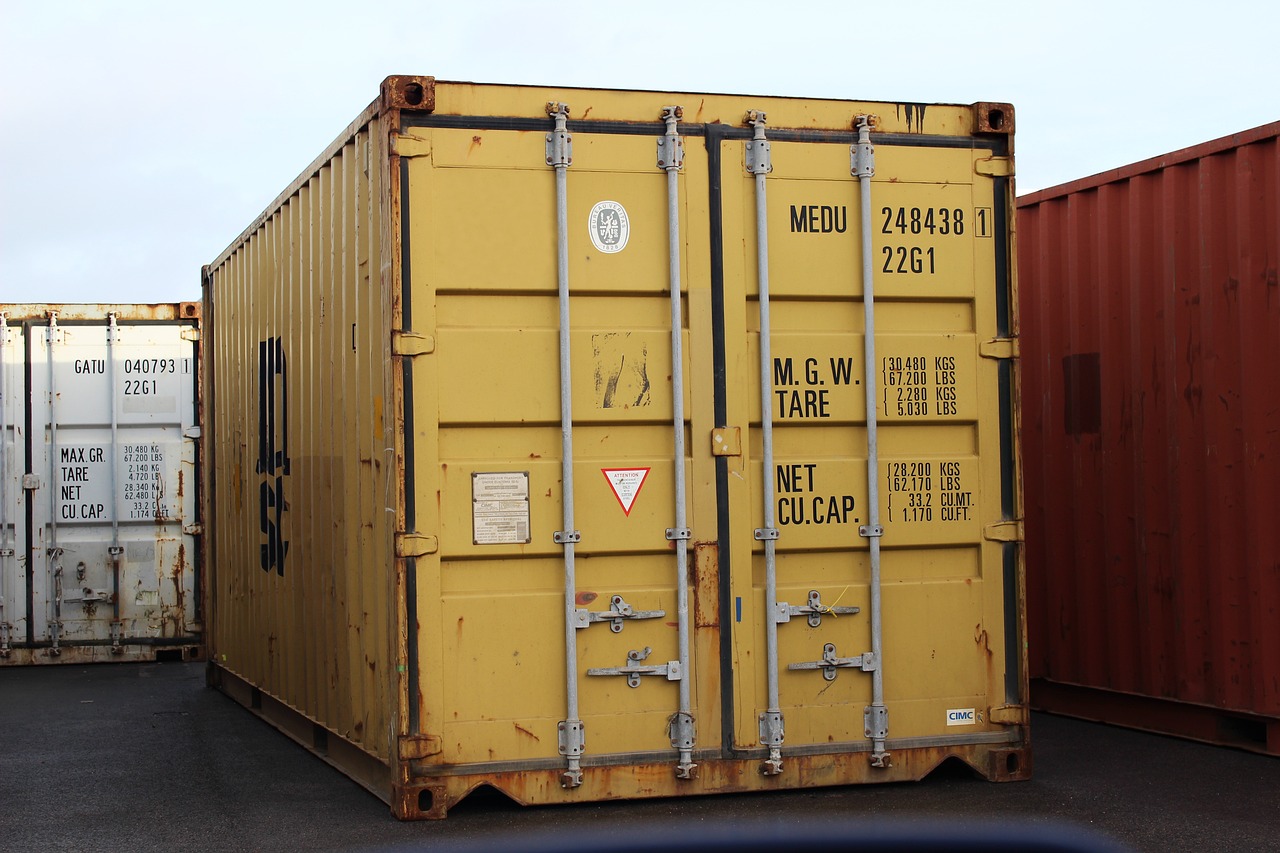
LCL (Less than Container Load)
Shipping for smaller loads that don’t require a full container, offering cost-effective space within a shared container.
Read More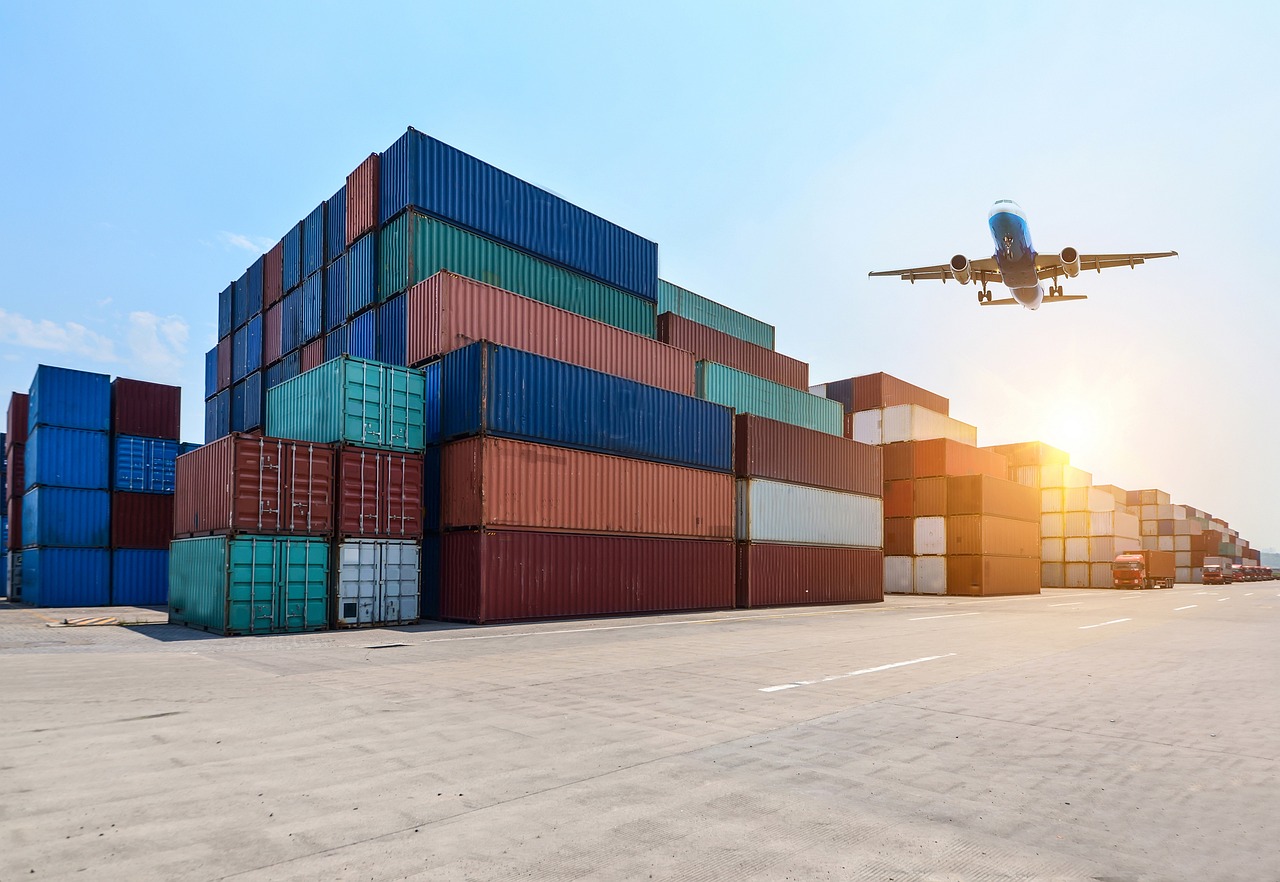
FCL (Full Container Load)
Full container load shipping, providing dedicated container space for larger shipments to ensure secure and timely delivery.
Read More
Inland Transportation
Reliable transport solutions to move goods within the country by road or rail from ports to final destinations.
Read More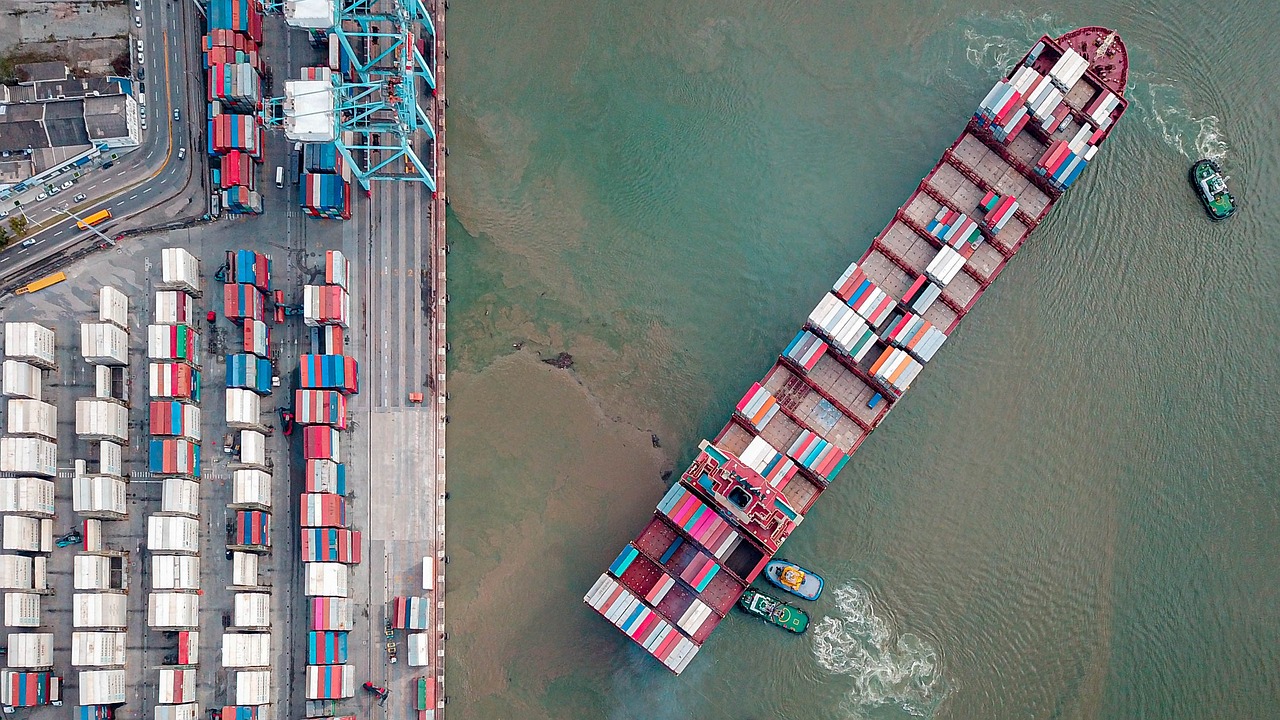
International Freight Forwarding
Comprehensive freight forwarding services that manage and coordinate the global transport of your goods.
Read More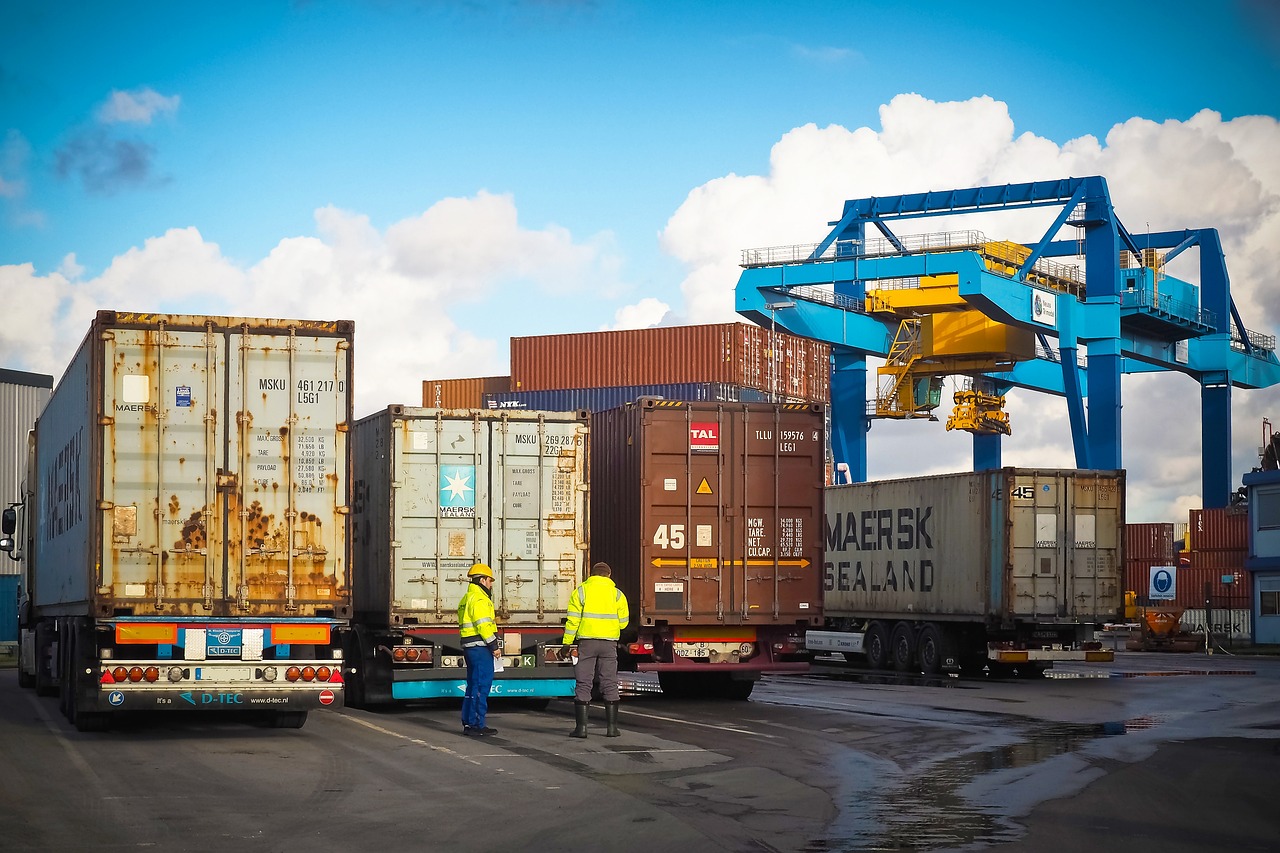
Door-to-Door Service
Seamless pickup and delivery from origin to destination, providing a complete and convenient shipping solution.
Read More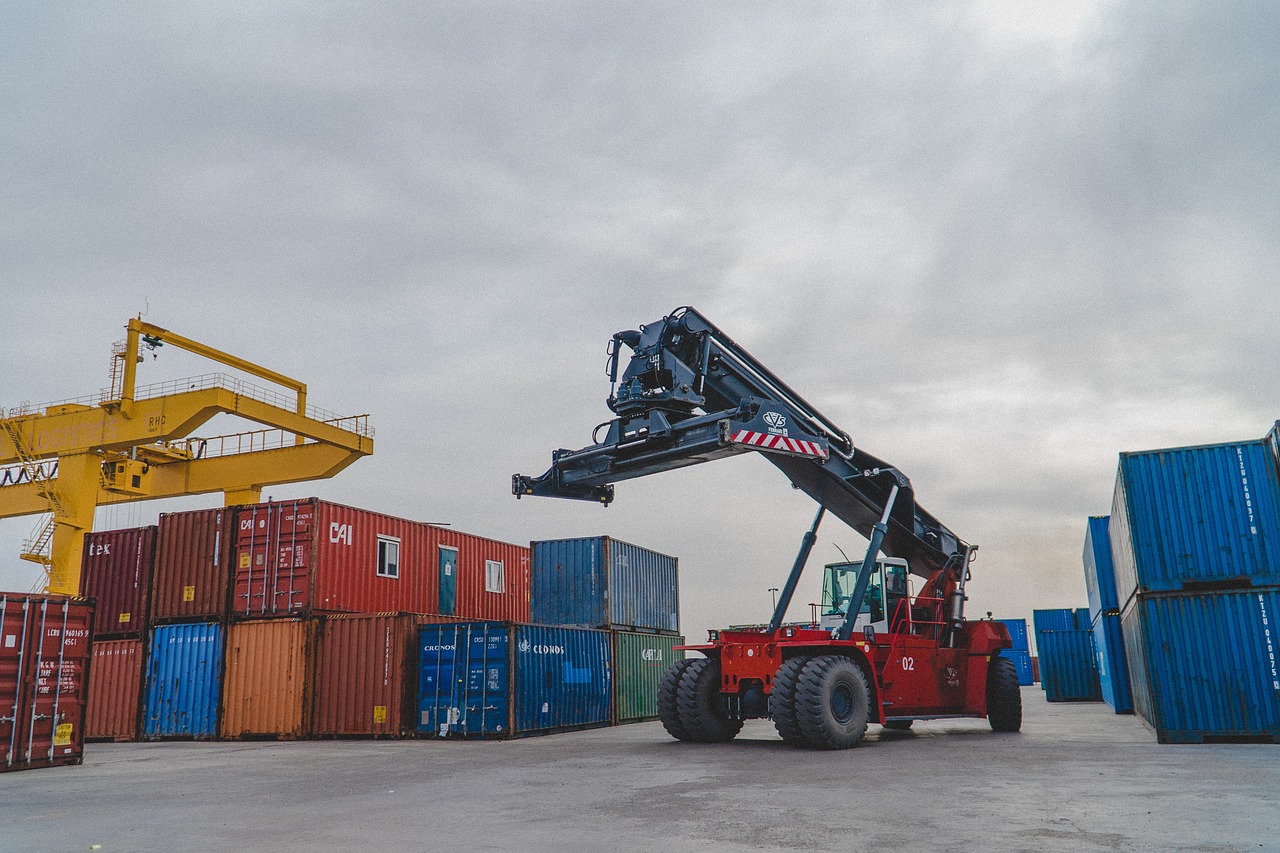
Industrial Packaging and Removal
Specialized packaging services designed to protect industrial goods and facilitate efficient removal and shipping.
Read More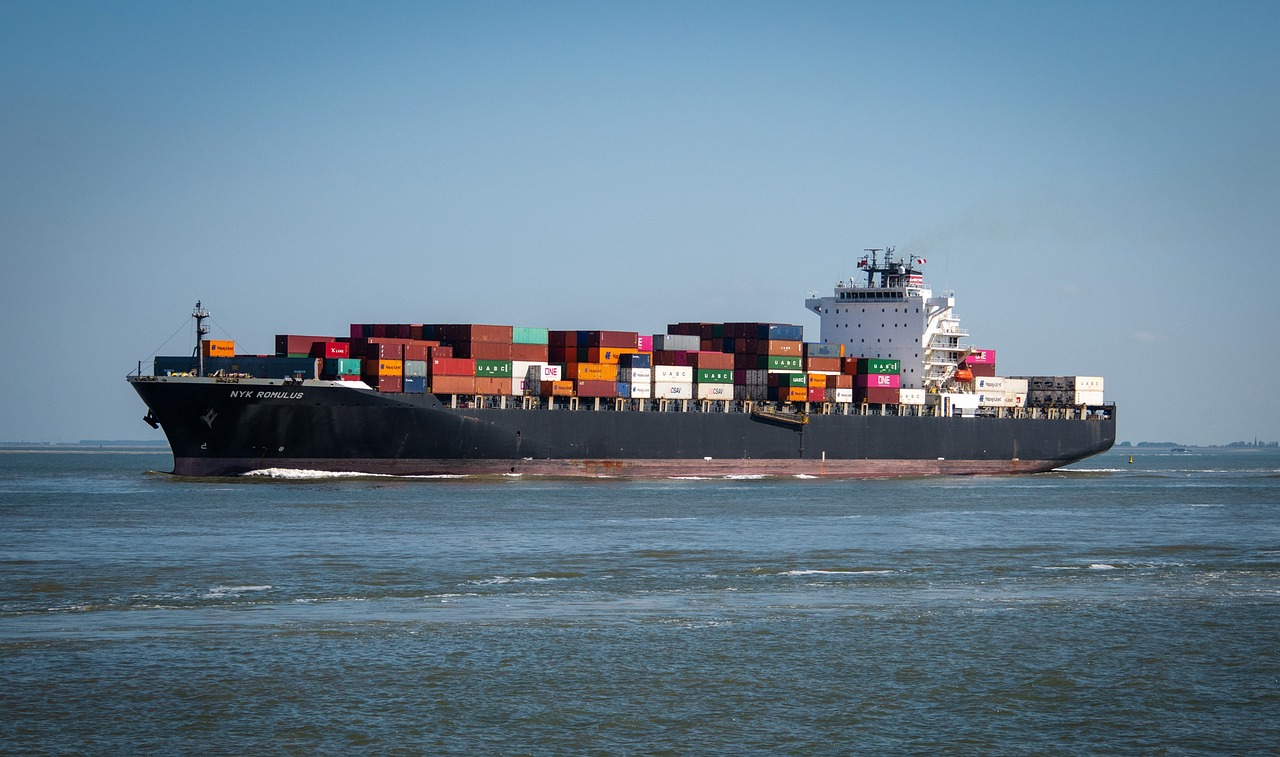
Warehousing Solutions
Secure and reliable storage options tailored to meet your logistics needs, ensuring your goods are stored safely until delivery.
Read More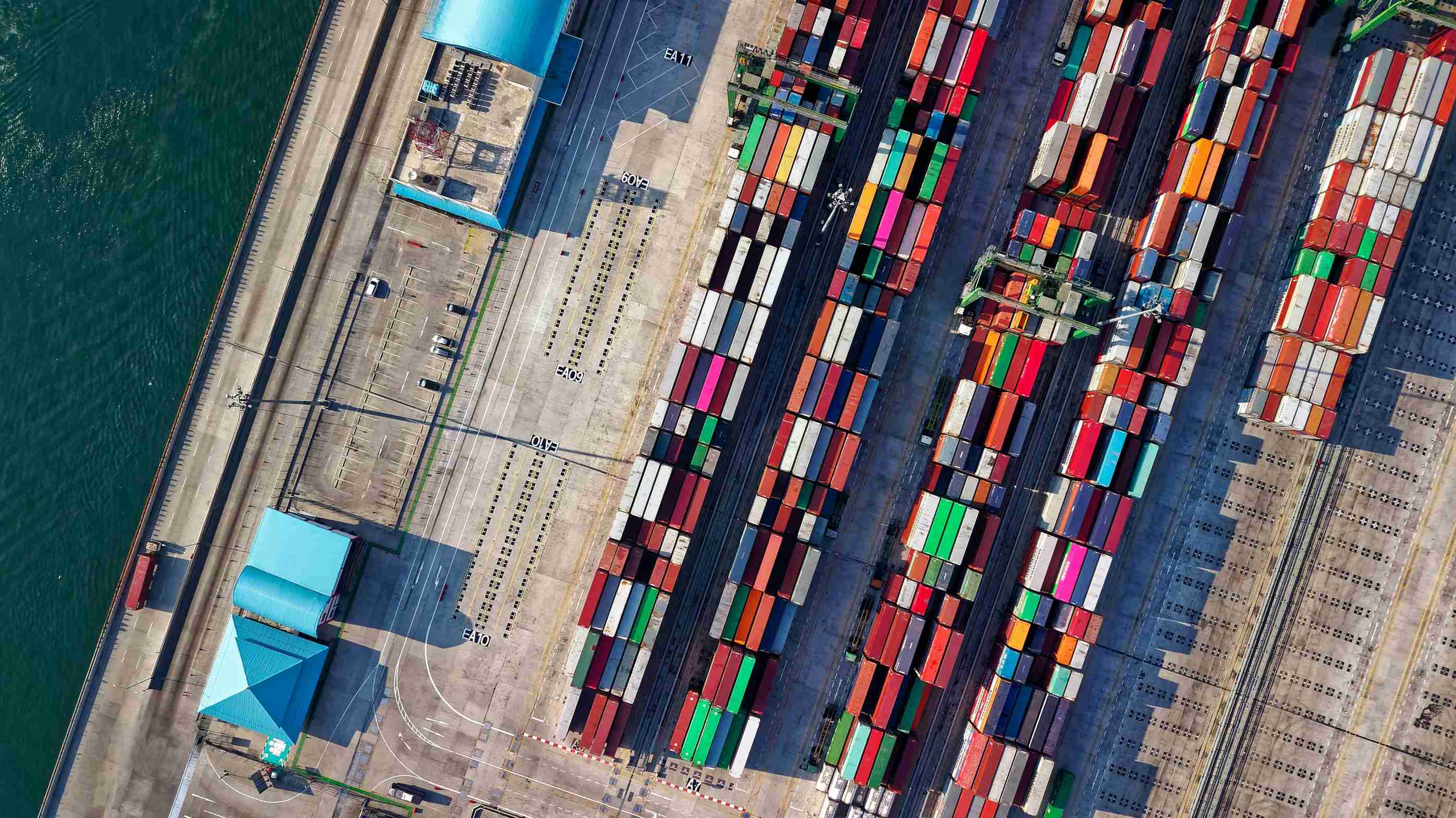
Project Cargo Handling
Expert handling for oversized or complex cargo, providing tailored solutions for safe and efficient transport.
Read More
Air Freight
Fast and reliable air shipping services for time-sensitive cargo, ensuring swift and secure delivery across global routes.
Read More